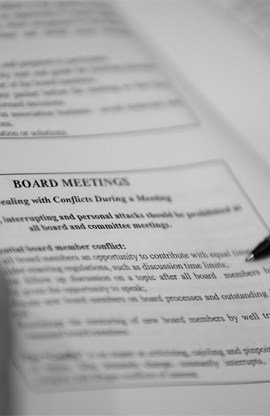Summary
Recently our firm was contacted by an HOA that is considering the installation of AEDs (automated external defibrillators) throughout their community
Recently our firm was contacted by an HOA that is considering the installation of AEDs (automated external defibrillators) throughout their community – this client provided potential common area installation sites including: the tennis courts, pickle ball courts, the pool deck, gym, and the clubhouse.
What is an AED? An AED is a sophisticated but easy to use device that can analyze the heart’s rhythm, and, if necessary, deliver an electrical shock/defibrillation to help the heart regain an effective rhythm. According to American Red Cross, cardiac arrest (such as a heart attack) is among the leading causes of death in the United States. There’s only one way to restore a regular heart rhythm during a cardiac arrest and that is through the use of an AED.
It goes without saying that 9-1-1 should be called during a suspected medical emergency so that trained medical professional can respond and provide the necessary assistance. However, the average response time for first responders averages between 8-12 minutes according to American Red Cross. The odds of survival reduces every minute that defibrillation is delayed.
It is abundantly clear, time is of the essence when it comes to a cardiac emergency! Ultimately, having an AED near has the potential to save a life during a cardiac emergency.
I have personally done some training when it comes to an AED (thanks to an American Red Cross CPR/AED class sponsored by my community). I am in favor of associations installing AEDs throughout their community. If you have an AED on property, it is very important that you ensure it works properly and that it is checked often to confirm that it is emergency-ready. Moreover, in Arizona and many other states, Good Samaritan laws have been established to encourage bystanders to get involved in emergency situations without fear that they will be sued if their actions inadvertently contribute to a person’s injury or death.
In conclusion and on a personal note, I urge you to contact your local fire department and/or the American Red Cross and consider taking a CPR/AED… you may be a hero one day! For more information, review American Red Cross’ website: https://www.redcross.org/take-a-class/aed/using-an-aed/what-is-aed
